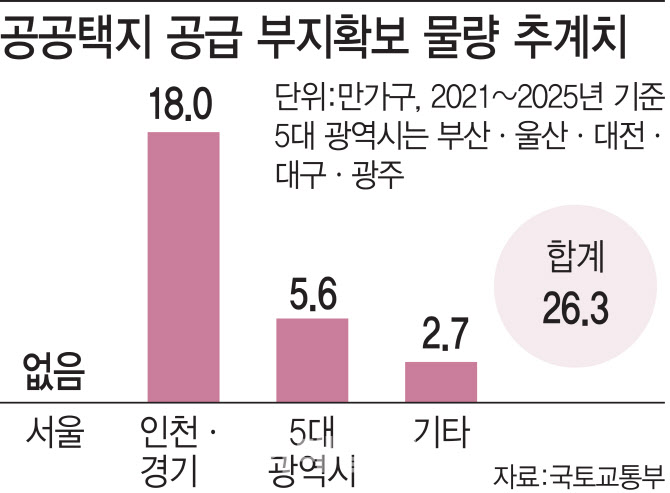|
According to related industries on the 17th, the government plans to announce some additional new housing sites in the metropolitan area as early as the end of this month. Yoon Seong-won, the first vice minister of the Ministry of Land, Infrastructure, and Transport appeared on a broadcast that day and said, “A total of 15 new homes will be announced from the end of February or early March as soon as possible.” “We will designate districts in various sizes, such as, medium-sized, etc.” Deputy Minister Yun added, “We are in the final discussion with the local government, and we will announce as soon as the discussion is over.”
Currently, the Gwangmyeong and Siheung districts are ranked 0. The Gwangmyeong and Siheung districts are 15㎢ in the area of Gahak-dong and Hakon-dong in Gwangmyeong-si, and Gwarim-dong and Mujinae-dong in Siheung-si, and are the size of a Bunnu city (19㎢). Since it was released from the Bogeumjari Housing District in 2014, it has been designated as a special management area and development has been restricted. Currently, residents of the region are also in a state of wanting to develop, and there are relatively few obstacles (buildings, trees, etc.) to compensate for compared to other public housing sites, so it is not difficult to designate a district. With the development of the Gwangmyeong Station Subdivision District, Haan District 2, and Gwangmyeong-Siheung Techno Valley District, the transportation infrastructure is already well equipped. However, since most of the Gwangmyeong and Siheung districts are green belt areas, the work of lifting them should be given priority.
Ji-hae Yoon, senior researcher at Real Estate 114, said, “Gwangmyeong and Siheung are one of the few large-scale areas that can access downtown Seoul within 30 minutes.” “It is difficult to find such a large-scale housing district near Seoul.”
The Goyang Daegok district is also mentioned as a leading candidate. Daegok Station currently passes through Seoul Subway Line 3 and Gyeongui Jungang Line, and GTX (wide-area high-speed rail) line A is scheduled in the future. The area is 1.8㎢, which is larger than the Gwacheon and Gwacheon districts included in the 3rd new city. Gyeonggi-do City Corporation, Goyang Urban Management Corporation, and Korea Railroad Authority established a development plan for the Daegok Station area until last year, but it was suspended due to lack of business feasibility. There are green belts and military units, so it needs to be released, but most of them are flat and publicly secured, so development is possible at a rapid pace.
It is possible to designate the Hanam Gambuk (2.67k㎡) district. However, the compensation cost is a problem. In Hanam, land prices have risen the most in the metropolitan area for several years, and there are many village districts, so it is expected that there will be considerable difficulty in compensation. Areas near Wangsuk 1 and 2 districts in Namyangju, which are around the 3rd new city, Gimpo Gochon, and Ilsan, Goyang, are also discussed. Professor Kwon Dae-jung of the Department of Real Estate at Myongji University said, “Gimpo’s Gochon has issues of attracting GTX-D routes, and the land is wide, so development potential is high.”
However, it is analyzed that after the announcement of the new housing site, there will be a number of side effects such as conflict over land compensation, rising prices of surrounding houses, and problems of securing self-sufficiency.
Meanwhile, the total number of houses the government will supply through the new residential area is 263,000 units, 180,000 units in Gyeonggi-Incheon, 27,000 units in local areas, and 56,000 units in metropolitan cities. A total of 163,000 houses will be built in five new cities in the third phase, and the total area of this new residential area is expected to be more than the third new city.

